6 UNESCO World Heritage National Parks You Can Explore In India
By: Priyanka Maheshwari Wed, 08 Nov 2023 11:13:39
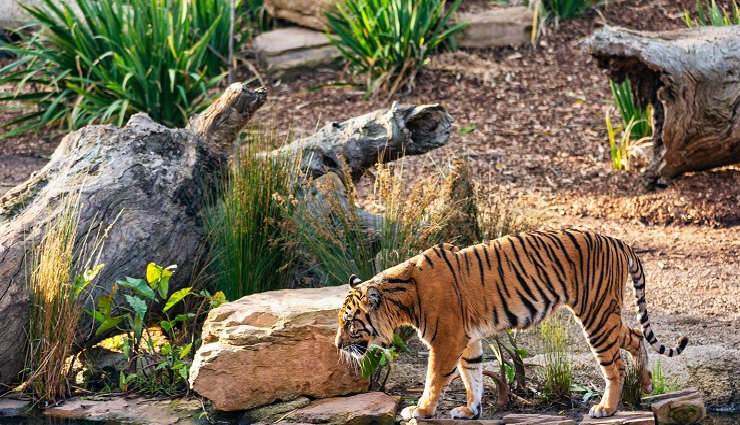
The national parks and sanctuaries in India are the prime locations to marvel at the country's incredible wildlife. They serve as repositories of diverse flora and fauna, exemplifying the remarkable ecological diversity found in India. Many of these protected areas set outstanding examples in safeguarding endangered species while providing a natural habitat for others.
Whether it's the renowned Kaziranga National Park in Assam, known for its one-horned rhinoceros, or the majestic Great Himalayan National Park in Himachal Pradesh, these parks promise a delightful mix of entertainment and surprises. Consequently, they attract a steady influx of tourists year-round. Visitors can experience thrills in various ways, from embarking on an elephant ride to delve deep into the forests to embarking on a trek through the encompassing wilderness.
Have you had the chance to explore any of these sanctuaries and parks across the nation? If not, you've missed an enchanting and captivating adventure. In this blog, we present a list of UNESCO World Heritage National Parks and Sanctuaries in India that are a must-visit at least once in your lifetime.
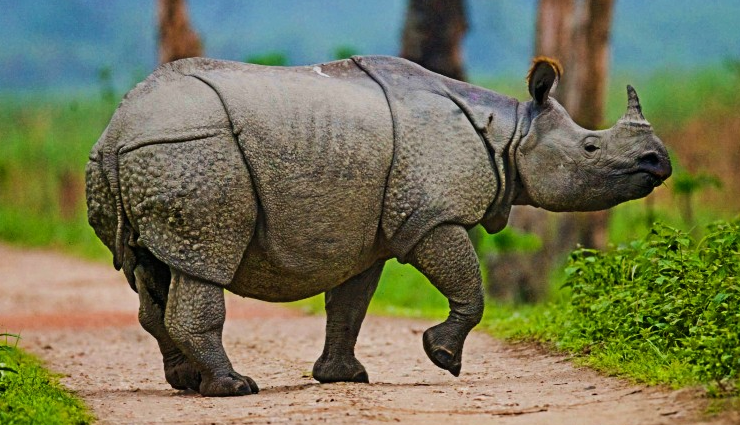
# Kaziranga National Park
In 1985, Kaziranga National Park earned the prestigious designation of a UNESCO Natural World Heritage Site. This park stands as the primary and crucial natural habitat for the in-situ conservation of biological diversity, encompassing species of global significance that are under threat. Often regarded as a gift of nature to humanity, it's a destination well worth visiting at least once in your lifetime.
The park's most prominent attraction is the one-horned rhinoceros, known for its colossal size and formidable horn. On fortunate occasions, visitors may also encounter herds of elephants, including their majestic tuskers. Additionally, Kaziranga offers a diverse array of wildlife, such as hog deer, sambar, and swamp deer. The park is a haven for bird enthusiasts, featuring a rich avian population that includes hornbills and cranes, making it a common sighting for birdwatchers.
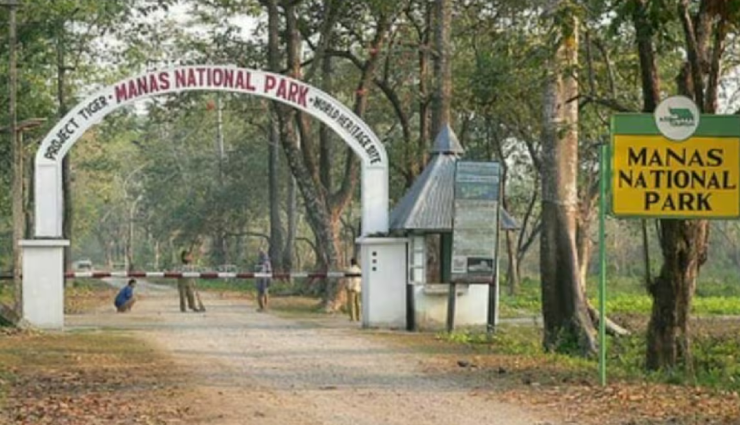
# Manas National Park
Situated in the foothills of the Himalayas in Western Assam, Manas National Park has a rich history, having originally functioned as a game reserve from 1928. Subsequently, it was designated as a Tiger Reserve in 1974, granted World Heritage Site status in 1985, and officially recognized as a Biosphere Reserve in 1989. Finally, in 1990, it received the esteemed title of a National Park. This renowned Indian wildlife sanctuary is also an integral part of the Chirang-Ripu Elephant Reserve, serving as an international corridor for elephant migration between India and Bhutan. Manas National Park is home to over 20 endangered species.
One of its notable inhabitants is the golden langur, a species considered one of the rarest primates globally, with its presence in Manas dating back to the mid-20th century. In addition to the golden langur, the park hosts a variety of mammals, including the rhesus macaque, tiger, pygmy hog, the large Indian civet, and the Himalayan black bear, among others.
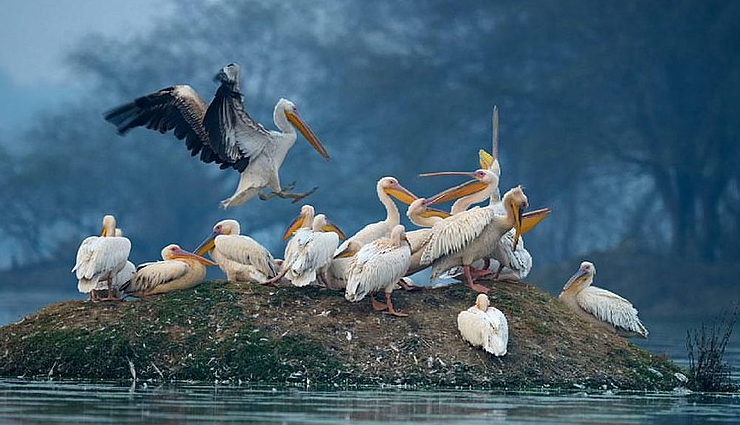
# Keoladeo National Park
Formerly known as the Bharatpur Bird Sanctuary, Keoladeo National Park enjoys global recognition as one of the most significant bird breeding and feeding grounds in the world. It had its origins as a royal hunting reserve in the 1850s and served as a game reserve for Maharajas and the British colonial rulers. Keoladeo was officially designated as a national park in 1982 and later earned the prestigious status of a UNESCO World Heritage Site in 1985.
The park boasts a diverse population of over 370 bird species and various animals, including basking pythons, painted storks, deer, nilgai, and more. The renowned Indian ornithologist and naturalist, Salim Ali, played a pivotal role in securing government support for the creation of this park. Keoladeo National Park offers a range of well-defined trails that visitors can explore on foot, by bicycle, or via rickshaw.
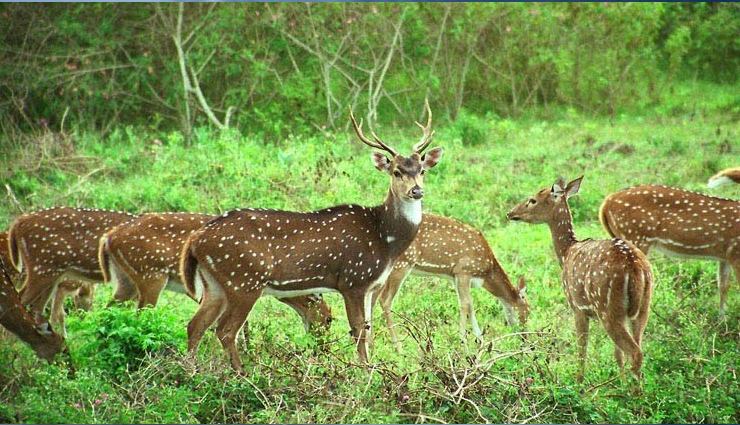
# Nanda Devi National Park
In 1988, Nanda Devi National Park achieved UNESCO World Heritage Site status, and in 2004, it received an additional recognition as a World Network of Biosphere Reserve by UNESCO. This park is dominated by the presence of the Nanda Devi Peak, which is the second-highest peak in India. The park's unique biodiversity, featuring rare species like Brahma-Kamal and Bharal (blue mountain goat), sets it apart as an exceptional natural treasure.
The Nanda Devi Sanctuary is divided into two distinct sections, the inner and outer sanctuaries, both enclosed by the main sanctuary wall. Among the various mammals that can be found here are Himalayan musk deer, mainland serow, and Himalayan Tahr. The park also boasts a rich and diverse range of flora, including fir, birch, and rhododendron, among other species.
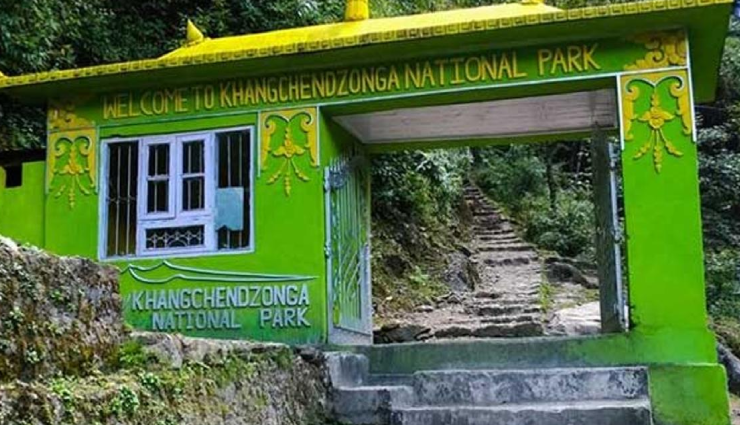
# Kanchendzonga National Park
Khangchendzonga National Park, situated in northeastern India, stands as one of the most renowned wildlife sanctuaries in the region. Covering an expansive area of 1,784 square kilometers, it ranks as the largest wildlife reserve in Sikkim and derives its name from the Khangchendzonga, which stretches along the park's western boundary. The reserve is also graced with the presence of the Zemu Glacier and boasts one of the world's most remarkable ecosystems.
Within this national park, a variety of wildlife thrives, including the elusive snow leopard, the Himalayan black bear, Tibetan antelope, wild ass, barking deer, musk deer, flying squirrel, and the endearing red panda, among other species. The park's vegetation encompasses majestic magnolias, vibrant rhododendrons, and extensive pine forests.
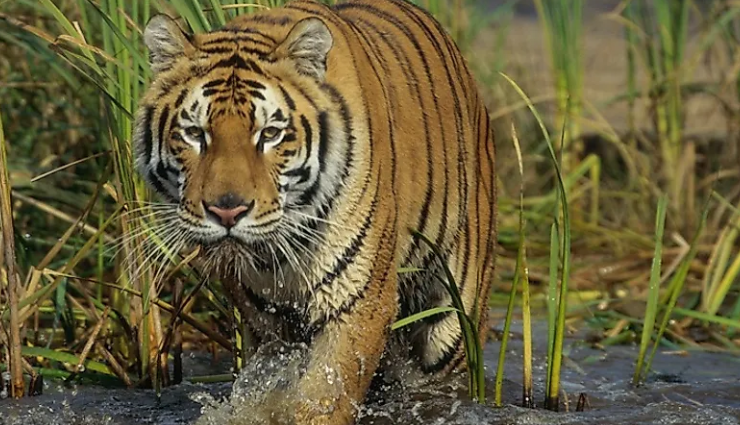
# Sundarbans National Park
Sundarbans National Park, designated as a UNESCO World Heritage Site, ranks as one of the world's most extensive reserves for Bengal tigers. This national park is situated within the Sundarbans, located on the Ganges Delta, and is also home to a diverse array of bird species, reptiles, and invertebrates, including saltwater crocodiles. The park draws its name from the Sundari trees, a type of mangrove tree that thrives abundantly in the region.
This region is most renowned for its significant population of Royal Bengal Tigers, often spotted bathing along the riverbanks or gracefully swimming in the saline waters. In addition to the tigers, the Sundarbans house various other wildlife species, such as leopard cats, fishing cats, Indian grey mongoose, and chital, among others. The area is also a haven for numerous bird species, including open bill storks, black-headed ibis, herring gulls, Caspian terns, and white-bellied sea eagles, to name a few.





